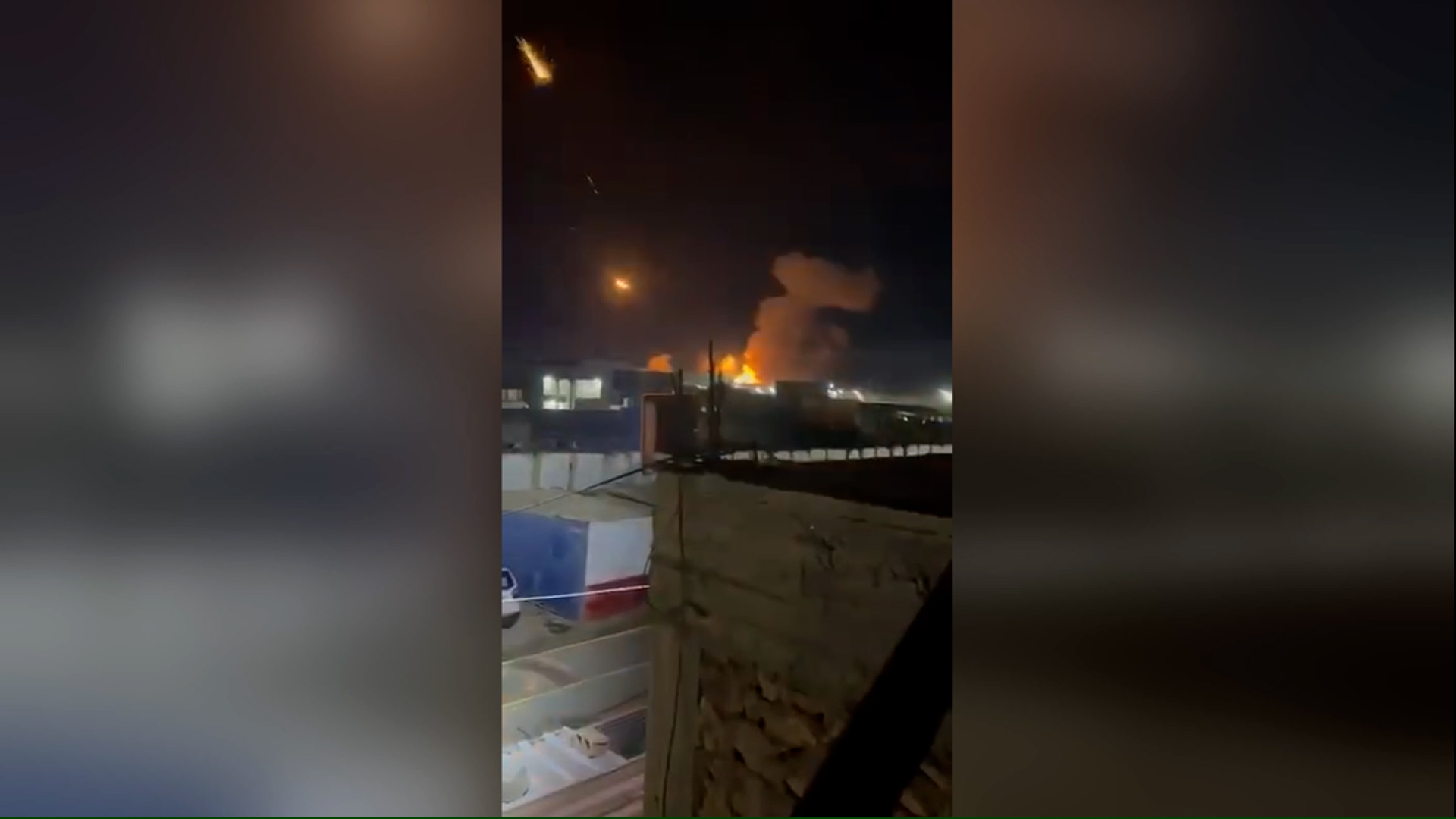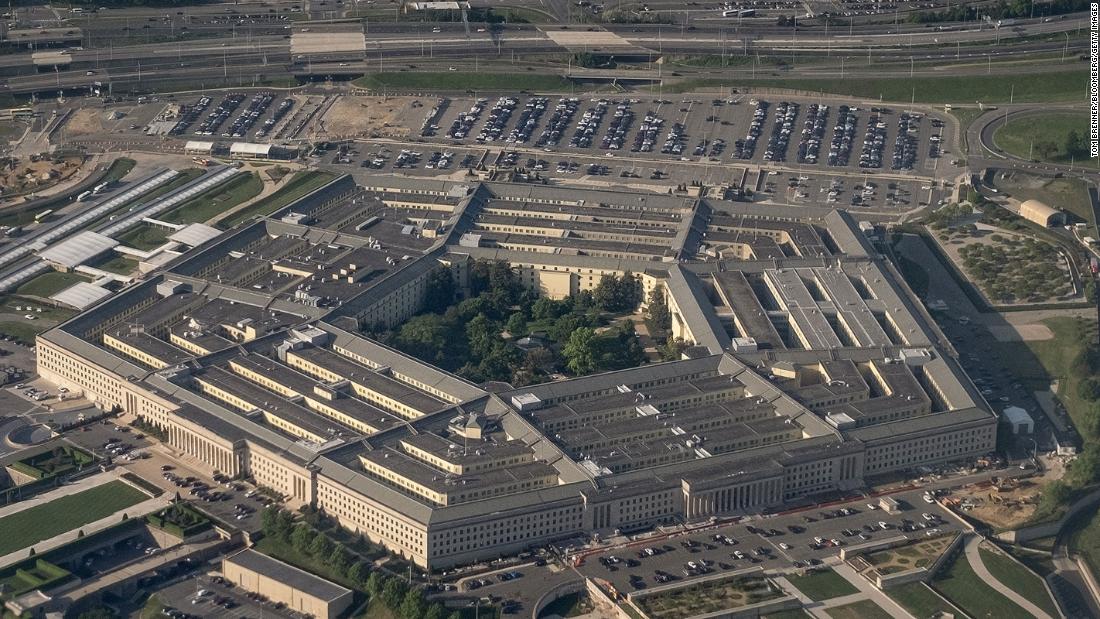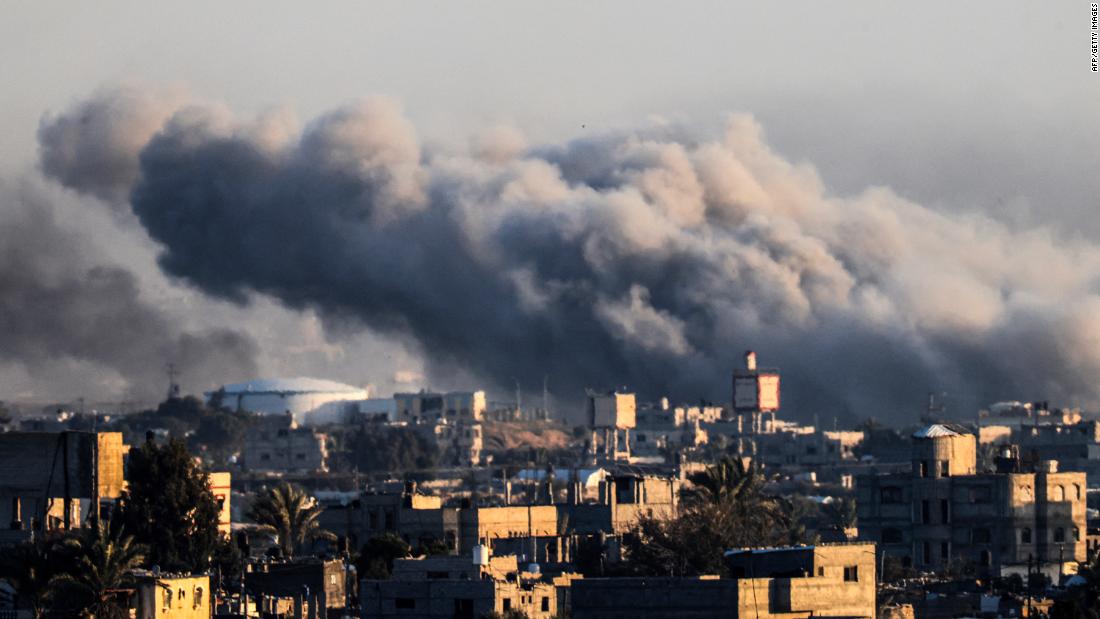February 2, 2024 Israel-Hamas war


The retaliation for a drone strike that killed three American soldiers in Jordan last weekend has begun: The US military launched major airstrikes on 85 targets in Iraq and Syria on Friday.
The White House declared the operation — which lasted about 30 minutes — a success, but few details were immediately available about the damage and any deaths or injuries on the ground. Casualties were expected, a Pentagon official said.
US officials say the strikes hit four facilities in Syria and three in Iraq, where security officials reported damage in the city of Al-Qaim. The sites allegedly belonged to various Iran-backed militias, which the US blames for the strike in Jordan.
Here’s what you need to know:
The strikes were retaliatory — and came with a warning: The deadly drone strike in Jordan was just the latest in a series of more than 165 attacks on American forces in the Middle East by various Iranian proxy groups since the outbreak of the current Israel-Hamas war.
US President Joe Biden said the strikes demonstrate that his administration will not tolerate the harm of Americans. Defense Secretary Lloyd Austin vowed the attack was just “the start of our response.” Both men said the US retaliation will continue “at times and places of our choosing.”
Biden is seeking a delicate balance: The US government is threading a needle — it wants to deter further attacks on its troops while avoiding a full-scale conflict with Iran.
The Jordan attack followed weeks of efforts by the US and regional leaders to prevent a wider Mideast war, even as conflicts spread involving Tehran’s proxies, like Hezbollah in Lebanon and the Houthi rebels in Yemen.
B-1 bombers played a key role in the attack: Air Force B-1 bombers were among the US aircraft that carried out the strikes, a defense official told CNN. The B-1 is a long-range heavy bomber that can deploy precision and non-precision weapons.
The bomber crews flew to the region from the US in a single non-stop flight, according to Lt. Gen. Douglas Sims. The military is confident it “hit exactly what we meant to hit,” Sims said, crediting the precision of the B-1 crews.
The US alerted Iraq, but not Iran: National Security Council spokesperson John Kirby said the US informed the Iraqi government of its plans before carrying out the strikes. However, he said there had been no communications — backchannel or otherwise — with Iran since the Jordan attack.
The US does not plan to strike inside Iran: A senior official with the Biden administration told CNN the US will not strike inside Iran – only focusing on targets outside of the country. Striking inside Iran would have been a huge escalation, and officials have telegraphed that is unlikely to happen.







